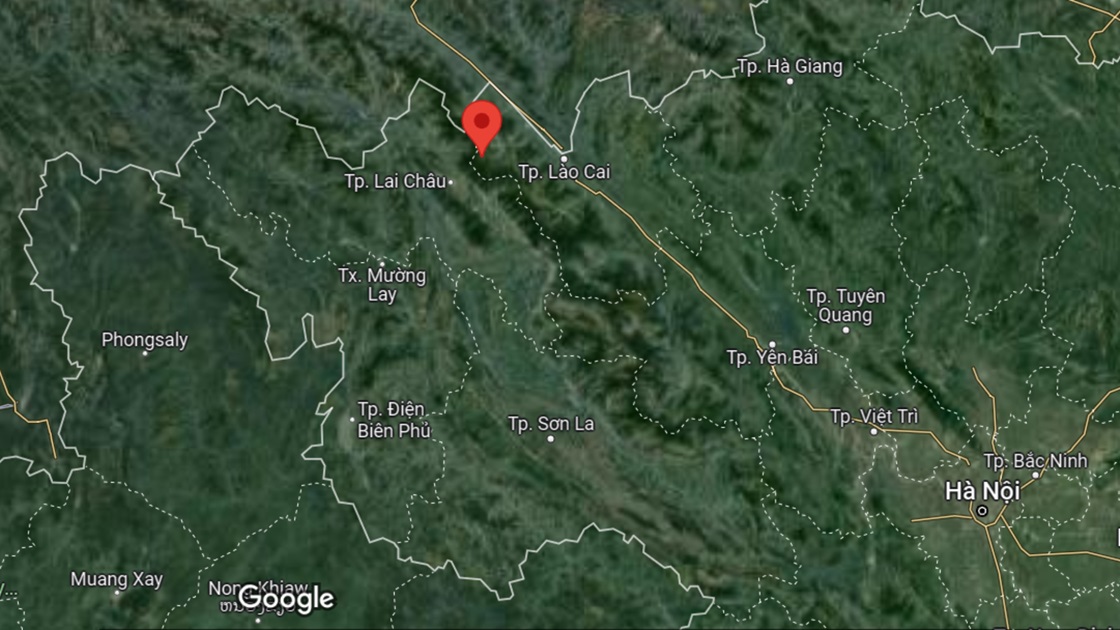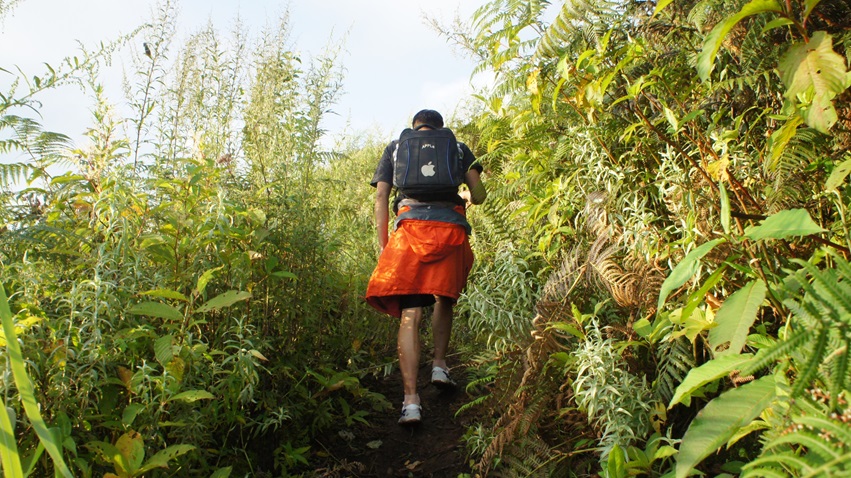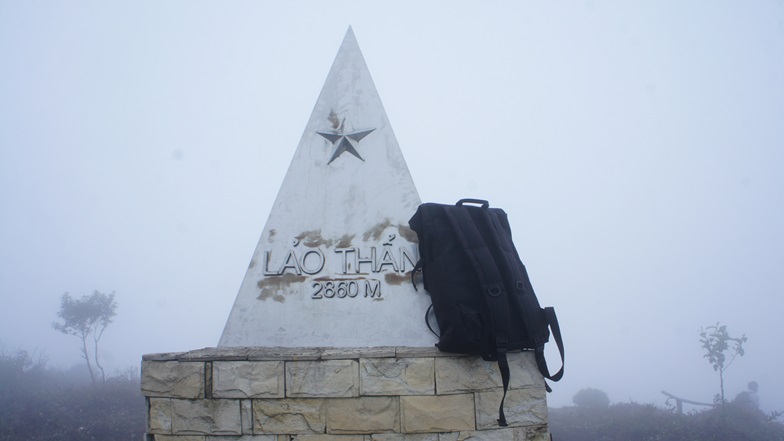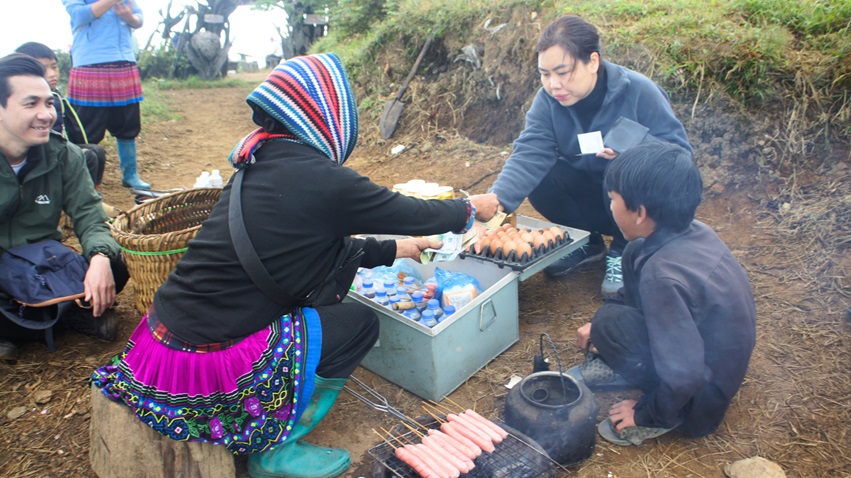1. Overview of Lao Than
Lao Than peak located in Phin Ho village, Y Ty commune, Bat Xat district, Lao Cai province, Northwest Vietnam is a familiar place for mountain climbing both domestically and overseas. At 2,860 meters above sea level, this mountain peak is also referred to as the “Roof of Y Ty”— ranks 14th among Vietnam’s tallest peaks. Lao Than attracts tourists with its majestic natural landscape and diverse flora system that changes with terrain altitude. Furthermore, this is also known as “cloud paradise”. where climbers travel here in pursuit of oceans of drifting clouds.
In terms of location, Lao Than is located more than 359 km northwest of Hanoi capital center, about 70 km from Sapa town, the distance from Sapa to the starting point is also relatively difficult due to the transportation system in this area is still being gradually completed. However, along the way you will see endless terraced fields, along with beautiful villages of ethnic minority communities living here.
With challenge level rated at average level. Lao Than is extremely suitable for beginners, before wanting to conquer higher level peaks in the majestic Northwest region of Vietnam.

Lao Than’s Location

Rich vegetation in Lao Than

Lao Than Peak 2.860 m
2. Journey to conquer Lao Than peak
2 days and 1 night is the ideal time for beginner climbers who want to conquer Lao Than peak (if starting from Hanoi, it will take an additional 7 hours by bus to reach the starting point). The starting point is usually Phin Ho kindergarten (Y Ty commune, Bat Xat district, Lao Cai province). In the first stage, you will have to walk through a trail more than 2.5 km long to reach the foot of the mountain. The next stage is the distance from the foot of the mountain to the rest shack (eating and spending the night at the shack) which takes nearly 5 hours of travel – in this stage you will experience challenges with a few slopes of medium difficulty. The next day, conquer the “roof of Y Ty”. The remaining distance from the shack to the top of Lao Than only takes about 45 minutes. However, throughout the journey you will constantly have to face many slopes with higher difficulty.
Overall, the journey to conquer Lao Than is not too difficult, but not easy either. But it is certain that this will be an unforgettable experience for tourists when immersing themselves in majestic nature, experiencing the feeling of conquest, and learning about the local culture.

Cloudy clouds on the mountainside

Beautiful trekking route

Ethnic minorities in Lao Than
3. The ideal time to climb Lao Than
The beauty of Lao Than also changes at different times of the year:
- March – May: Dry weather, no rain. This is also considered the most ideal time to hunt clouds
- September – November: Ripe rice season in Y Ty. You can combine mountain climbing activities and admire the eye-catching yellow terraced fields that bear the mark of the highlands.
- November – February: Lao Than’s landscape changes to a sparse forest scene, with deserted golden grass carpets mixed with a bit of mystery and magic, making us feel like we are walking through the desert.

The ripe rice season is Y Ty

Flowers on the trekking route
4. Important notes when conquering Lao Than peak
- Firstly, Prepare your health: The experience of trekking to Lao Than peak is not a small physical challenge. Therefore, you need to prepare your health well before starting the journey. Exercise regularly and increase your body’s endurance.
- Prepare clothing and climbing equipment: Appropriate clothing and equipment are important factors to help you have a safe and comfortable trekking trip. You should bring warm clothes, sneakers or hiking shoes, hats, gloves, sunscreen, mosquito repellent, medicine, and other necessary items.
- Join a trekking tour or choose quality potters: If you are a beginner, you should join a trekking tour with a professional guide. The tour guide will help you ensure safety and have a complete trekking trip.
- Comply with local regulations: You need to comply with local regulations, such as not littering, not hunting wild animals, and respecting local culture.